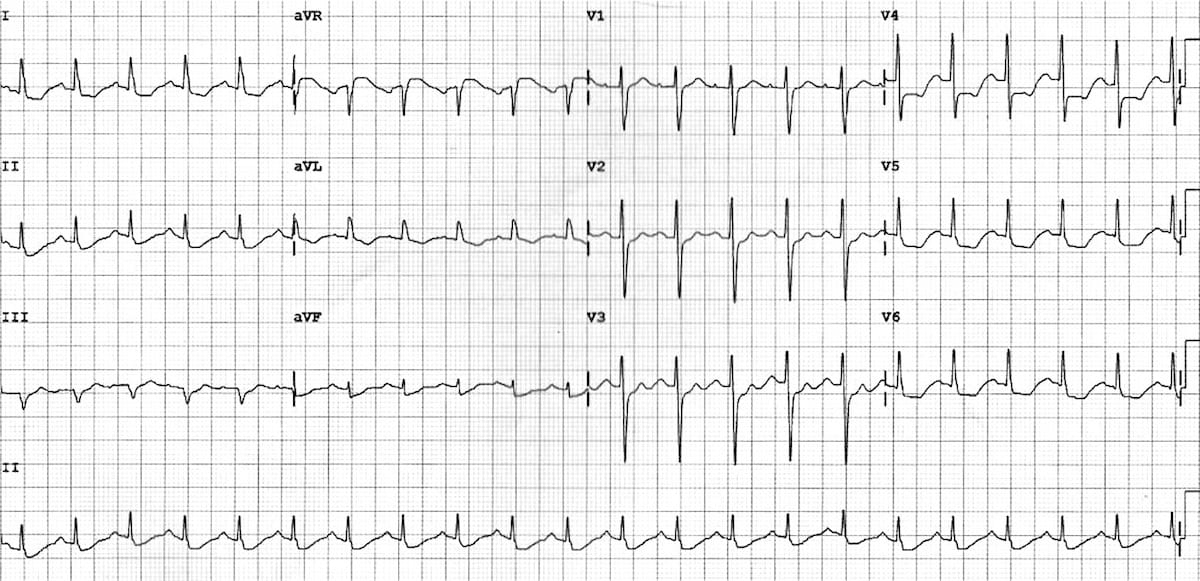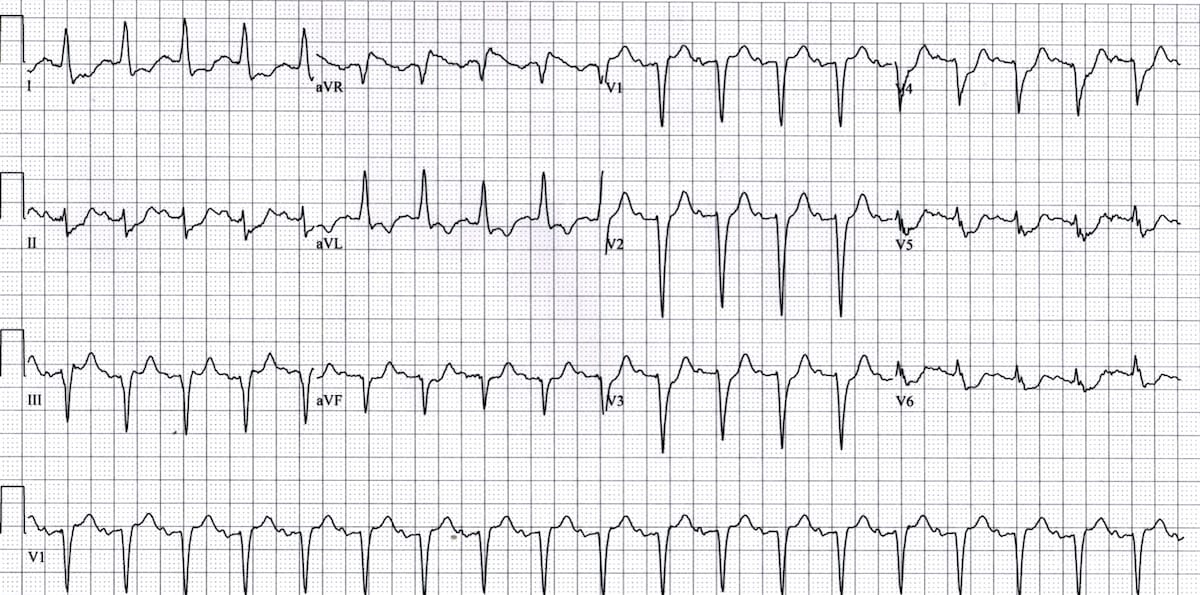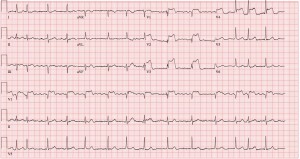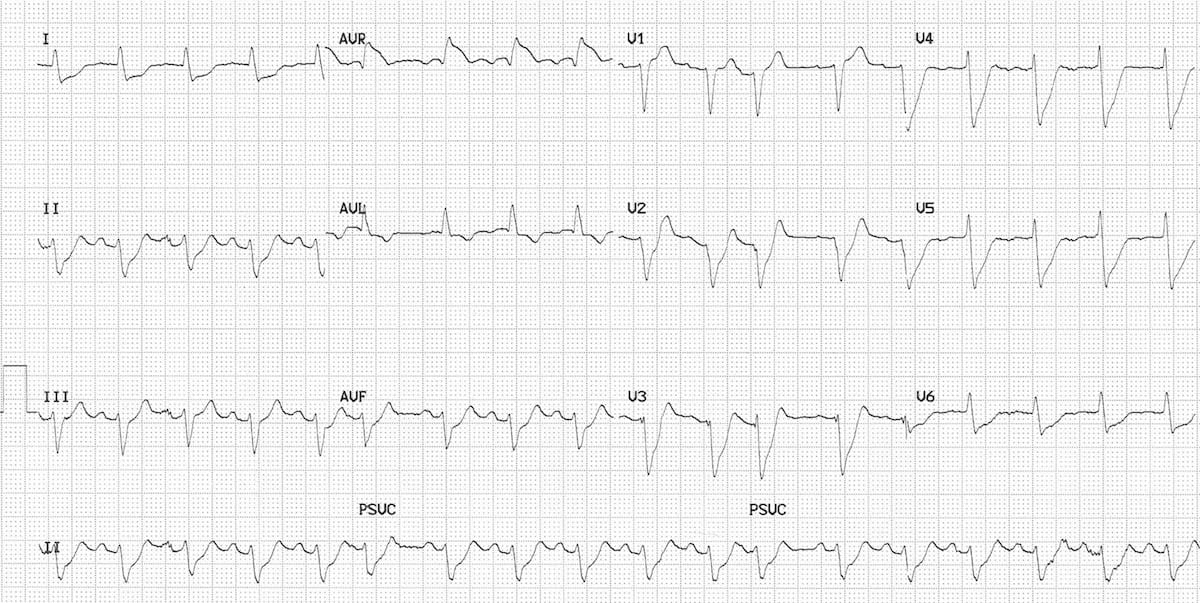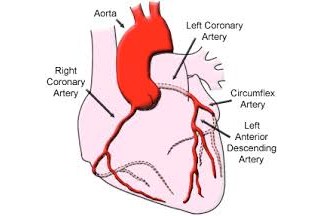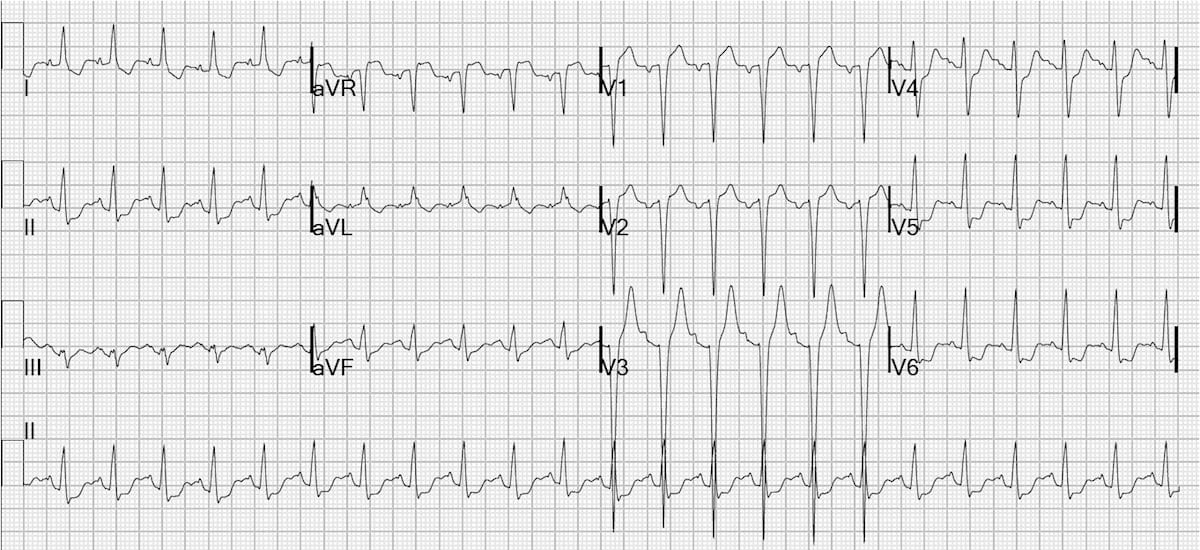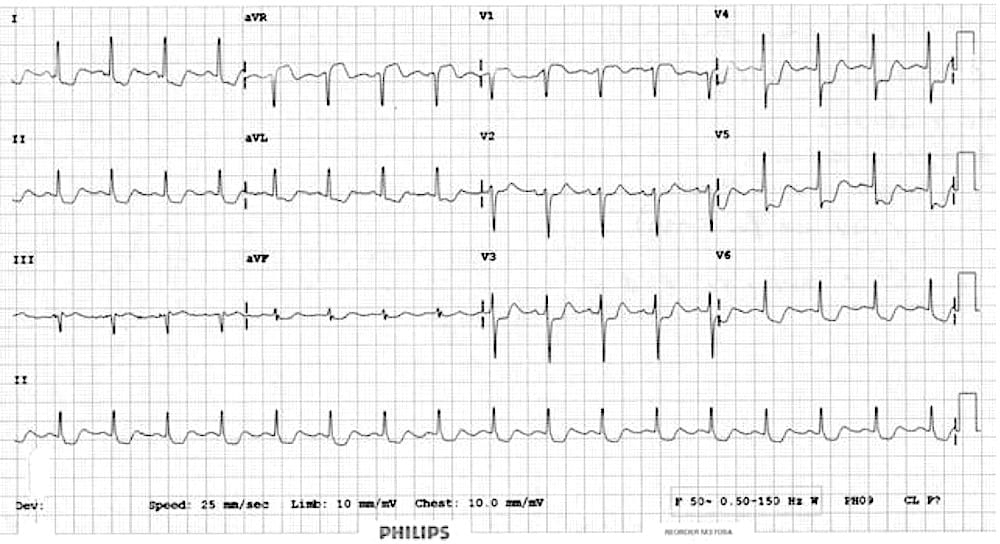Left Main Stem Disease

In a patient with left main stem coronary disease does percutaneous stenting or cabg result in the best long term survival.
Left main stem disease. But today if you have been diagnosed with left main disease you have options. Lmca insufficiency due to critical stenosis of the left main artery is important to recognize because these patients can progress to complete occlusion and are likely to require surgical intervention such as cabg 3. Atherosclerotic involvement of the left main stem was first described more than 100 years ago by herrick. An effective left internal mammary to left anterior descending coronary artery bypass reproducibly provides excellent long term outcomes and as most surgeons have more experience with bypass grafting this approach is widely favoured over surgical angioplasty of the lmca for isolated left main stem disease.
A significant stenosis 50 of the left main is present in 4 to 6 of patients who have undergone coronary angiography. 2 in fact during this early era performing coronary. 1 with the adoption of coronary angiography as a routine diagnostic tool during the 1960s left main stem disease became increasingly recognized and patients with this condition were soon identified as a high risk group. Clinical scenario you are asked by the interventional cardiologist on call to discuss a 73 year old gentleman still on the table in the angiography lab.
Left main coronary artery disease lmcad portends higher prognostic risk as a result of the large myocardial territory at risk ranging from 75 to 100 depending on the dominance of the left coronary circulation. Early identification of left main coronary artery lmca disease is critical because acute occlusion can cause rapid hemodynamic and electrical deterioration 1 2. Left main coronary artery disease is of particular importance because left main stem lms is responsible for 84 of the blood supplied to left ventricle in case of left coronary dominant system the patients with severe lms stenosis have a very high risk of major cardiovascular events because of the extent of ischaemic myocardium. Due its critical location the lms supplies blood to two thirds of the left ventricle acute occlusion is rapidly fatal and medically managed lms disease carries a poor prognosis with a one year mortality of approximately 20 1.
Diagnosis and management of significant lmcad continues to be a source of clinical apprehension and uncertainty.
